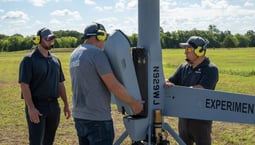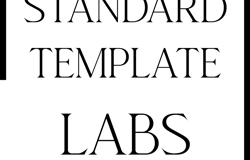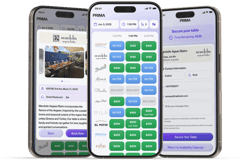WHAT YOU’LL DO:
- Lead the integration of kinetic weapons and air-launched effects into the aircraft and mission systems architecture, ensuring compatibility across physical, electrical, and logical interfaces.
- Act as the weapon subject matter expert (SME), aligning weapon capability with CONOPS, mission profiles, and operational analysis.
- Define, own, and verify the Stores Management System (SMS) architecture — including weapon control logic, release sequencing, safety interlocks, and fault handling.
- Set technical direction and make architecture decisions for weapon control software, separation modeling, and release-envelope definition. Provide clear, defensible tradeoffs and drive alignment across stakeholders.
- Produce and maintain Interface Control Documents (ICDs), software requirements, and integration plans in collaboration with internal avionics, flight controls, software, aerodynamics, and structures teams.
- Coordinate closely with weapon vendors and external suppliers to define integration requirements, prove compatibility, and manage change.
- Develop detailed test and certification plans; lead planning and execution of captive-carry, safe-separation, and live-fire test campaigns with government and contractor ranges.
- Define and analyze payload-bay fall-lines, separation dynamics, and release envelopes using physics-based models and verification tools.
- Own compliance with safety, performance, and mission effectiveness requirements; shepherd the weapon integration lifecycle from concept through flight certification.
- Mentor engineers, drive best practices for safety and verification, and champion a culture of extreme ownership and technical excellence.
REQUIRED QUALIFICATIONS:
- Proven experience integrating kinetic weapons or air-launched effects into aircraft or unmanned systems (stores management, release systems, or equivalent).
- Deep understanding of Stores Management Systems (SMS), release sequencing, weapon control logic, and safety interlocks.
- Experience producing and negotiating Interface Control Documents (ICDs) and defining software/hardware interfaces.
- Demonstrated experience with separation modeling, release envelope definition, and payload bay fall-line analysis.
- Hands-on experience planning and executing flight test campaigns (captive-carry, safe separation, live fire) and writing test/certification plans.
- Strong systems engineering skills and experience working cross-functionally with avionics, flight controls, aerodynamics, software, and suppliers.
- Track record of making technical decisions, setting direction, and taking full ownership of technical programs.
- Excellent written and verbal communication — able to represent technical positions to internal leadership, external partners, and government stakeholders.
PREFERRED QUALIFICATIONS:
- Prior experience with military product certification processes and government test ranges.
- Background in modelling & simulation tools for separation analysis (e.g., CFD, multibody dynamics, custom separation tools).
- Experience with EW, weapon fuzing/safety standards, or live-fire certification standards.
- Active or prior security clearance, or ability to obtain one.
Top Skills

What We Do
Founded in 2015, Shield AI is a venture-backed deep-tech company with the mission of protecting service members and civilians with intelligent systems. Its products include the V-BAT and X-BAT aircraft, Hivemind Enterprise, and the Hivemind Vision product lines. With nine offices and facilities across the U.S., Europe, the Middle East, and the Asia-Pacific, Shield AI’s technology actively supports operations worldwide.
Why Work With Us
What makes Shield AI special is our people. We unlock the power of autonomy, and in the face of overwhelming odds and challenges, we find ways to win and make a difference for our customers. We bring together software, AI, and aerospace engineering disciplines to deploy the most intelligent aviation capabilities in the world.
Gallery









